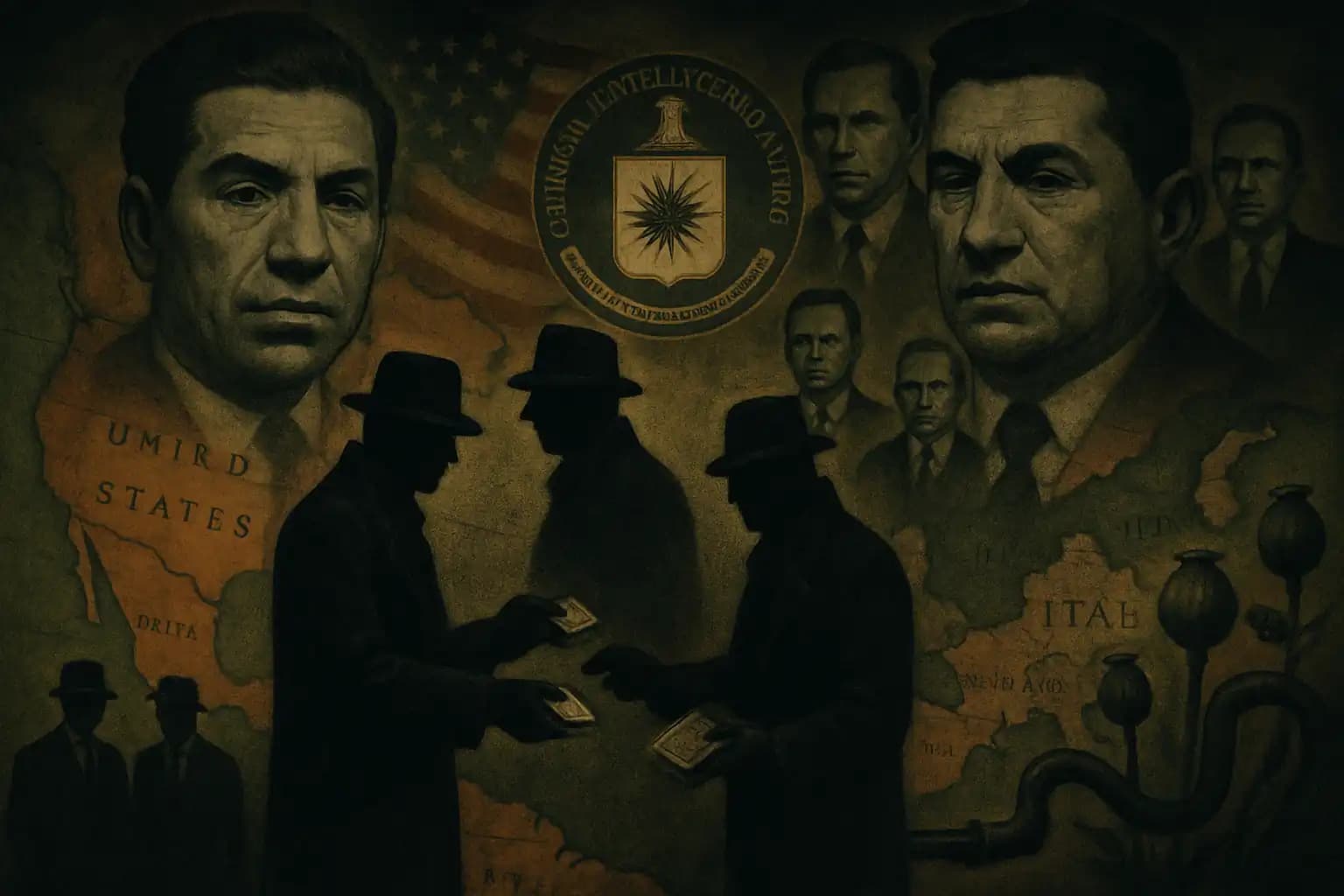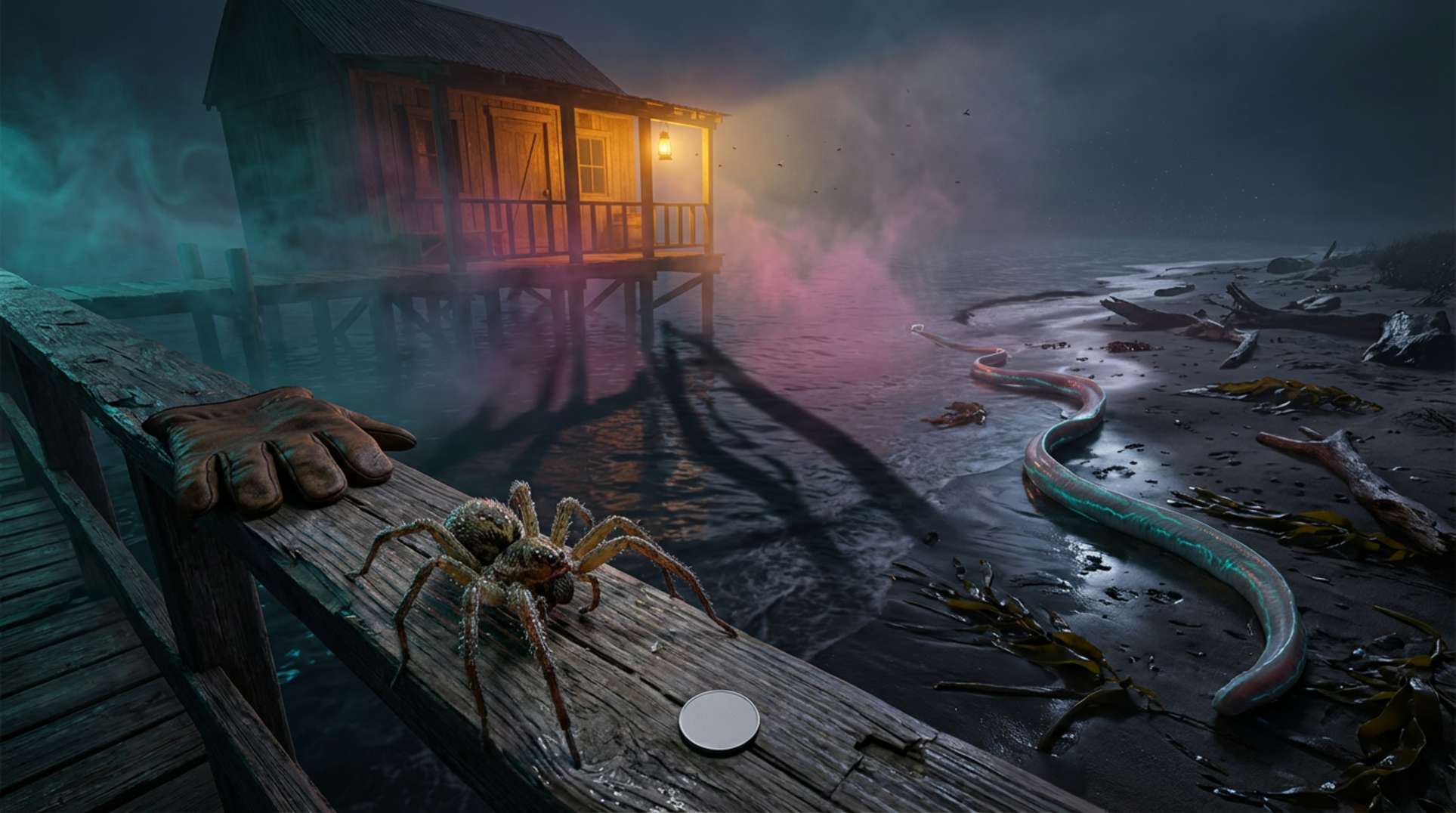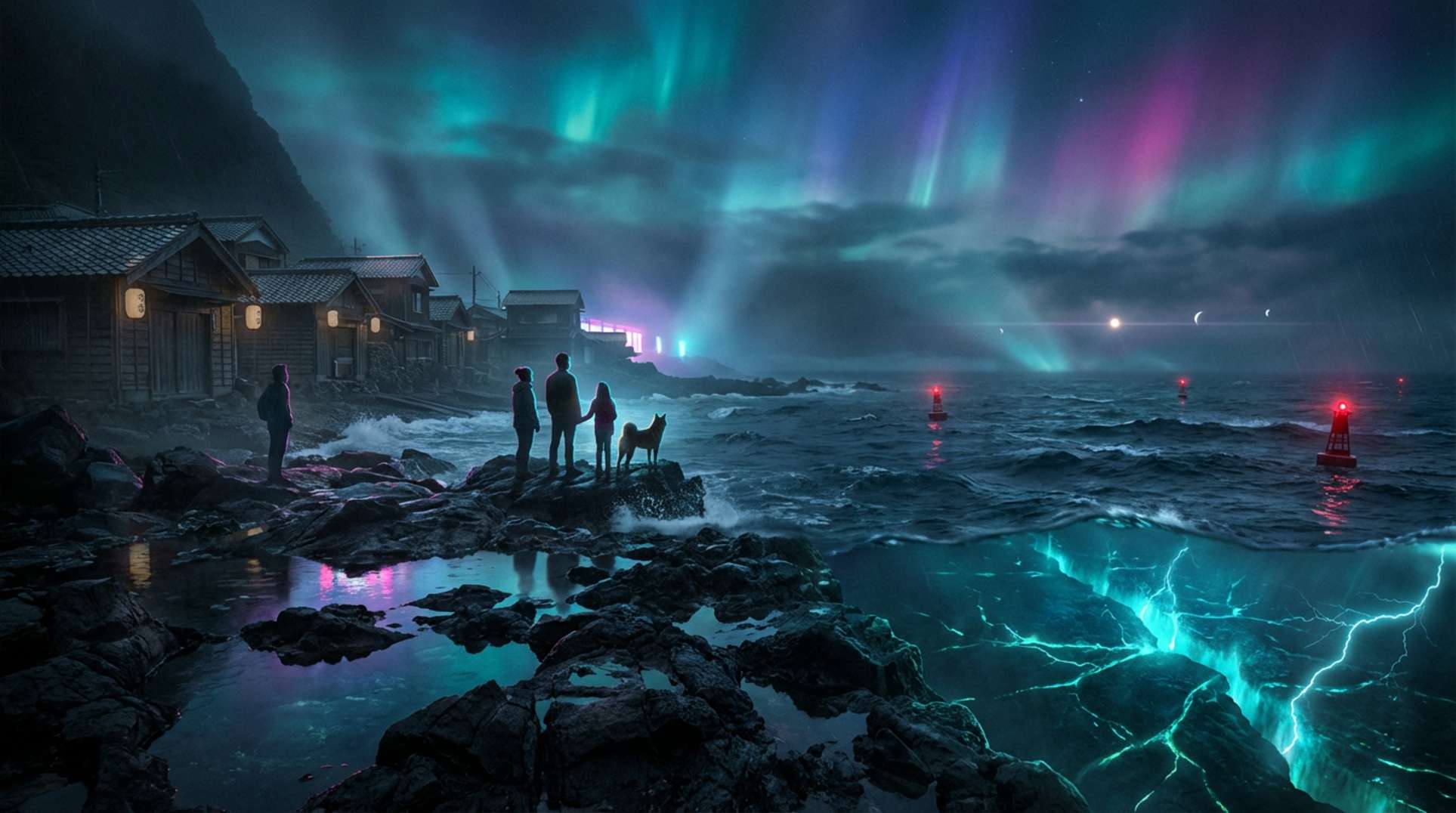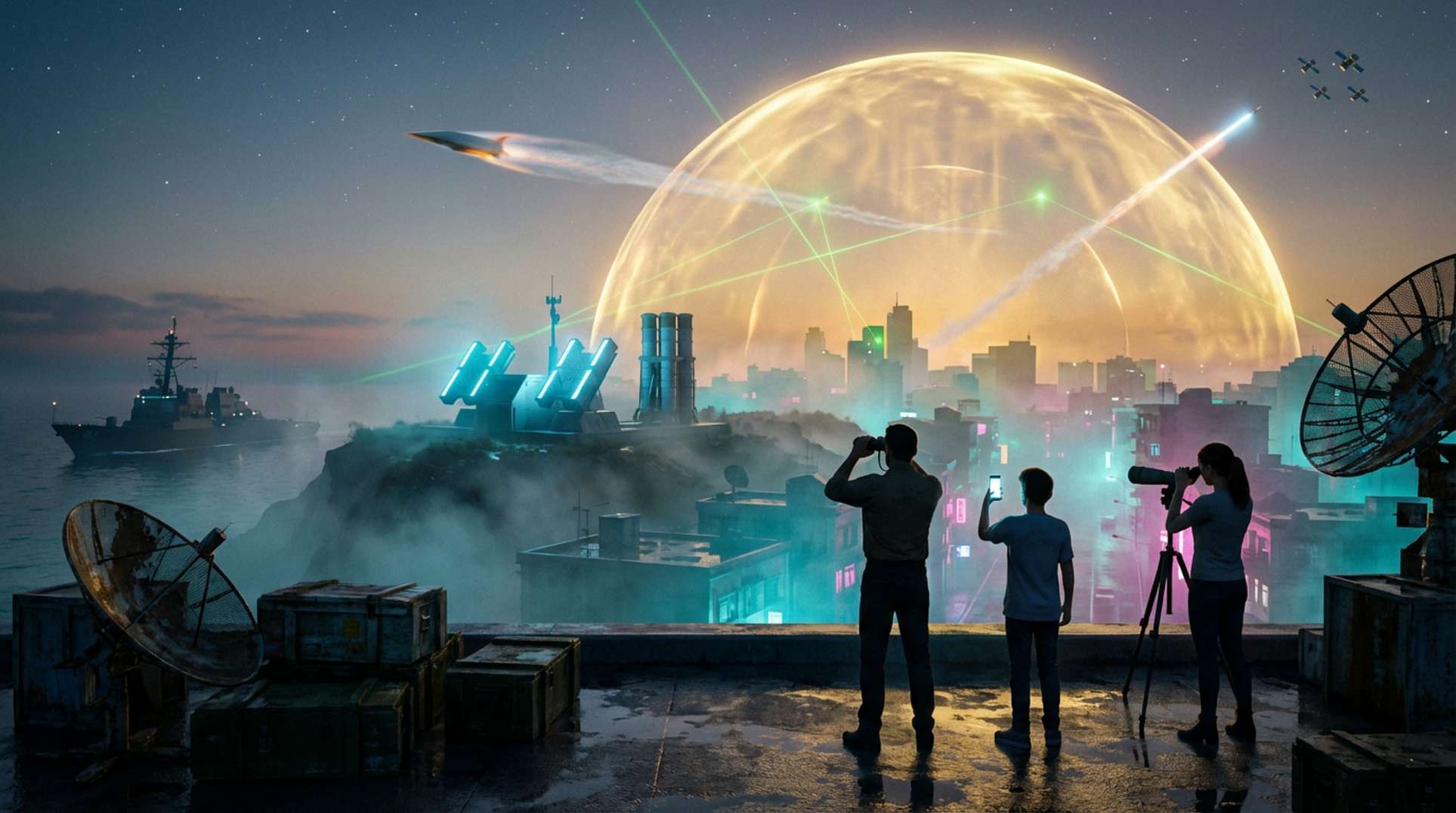Peel back the stars and stripes and discover a history shaped not only by presidents and generals, but also by smugglers, mobsters, and spooks in tailored suits. Operation Gladio—the covert NATO project entangled within the Cold War—was more than a clandestine stay-behind army. In American hands, it transformed into an empire pipeline where heroin, hitmen, and high office fused into the state’s framework. At the center, infamous criminals like Lucky Luciano and Carlos Marcello, protected by federal agencies, laid the groundwork for the deep state. (Operation Gladio background).
Forget sanitized civics lessons: from WWII onward, America’s institutions became playgrounds—and sometimes accomplices—of organized crime. The Navy, faced with Nazi sabotage on its docks, sought Luciano’s Mob to ‘protect’ the ports. The payoff? Luciano earned a get-out-of-jail-free card, while the OSS (the precursor to the CIA) cozied up to Mafia fixers. This established a pattern: criminal power traded for political favors. As world wars faded into cold wars, this hidden machinery fueled itself with international heroin. It flowed through Cuba, Sicily, Indo-China, and Harlem—its profits purchasing guns and influence for U.S. covert operations worldwide, chillingly documented in Gladio investigations (in-depth report).
Mobsters, Spooks, and the Heroin Pipeline
Gladio didn’t emerge in isolation. It followed Churchill’s WWII strategy, where Britain’s Special Operations Executive collaborated with local toughs to undermine the Reich. However, after 1945, official records and investigations revealed that America’s version accelerated the approach: mafiosi became wartime assets and postwar partners in narcotics and shadow politics. Luciano’s pact with U.S. Naval Intelligence and the OSS set a precedent. The Sicilian and Corsican mobs—leveraging networks from Marseille to Havana—constructed a heroin pipeline straight through U.S. ports, facilitating both product and payoffs to criminal syndicates and unaccountable intelligence operations eager to combat communism at any cost (bookshop analysis).
Major players like Meyer Lansky and Carlos Marcello don’t just appear in crime documentaries—they stride into Congressional hearings, shielded by national security justifications. Research from fringe corners of American deep history, mirrored in labyrinthine statecraft stories from hidden Eurasian empires, shows that the lines between the criminal underworld and “legitimate” power aren’t lines at all—they’re loops, endlessly feeding each other.
Deep State Machinations: The Black Networks Within
Marcello, deeply rooted in southern shipping, employed his empire to smuggle heroin and finance syndicate operations. Shielded by elements of the FBI and, as whistleblowers allege, even the CIA, his vast rackets made New Orleans a global hub for contraband. This alliance came with a price—those attempting to expose the truth, like Aaron Kohn, faced threats, silence, or worse. When the Kennedy administration declared war on organized crime, the irony was stark: their ascent to power, as shadowy consensus suggests, relied heavily on the same underworld. And when JFK was assassinated, Marcello allegedly smirked in public—a gesture observers still debate, much like the occult mysteries in shadowy legends and secret mind control allegations.
This intertwining of mobsters and intelligence, bravado and covert operations, forged today’s “deep state.” Heroin pipelines didn’t solely finance black ops—they corrupted lawmakers, police chiefs, and border officials in a pattern eerily reminiscent of current cryptic financial networks, global power grabs, and even sinister apocalyptic predictions noted in recent forecasts. “Follow the money” has never felt more perilous.
Legacy of Shadow Empires: Why the Truth Still Matters
Operation Gladio’s legacy transcends a mere Cold War artifact. It serves as a blueprint for modern clandestine alliances—where profit, ideology, and coercion remain inseparable. The heroin route, linking rural Indochina to Harlem’s nightclubs and Capitol Hill’s back rooms, resonates with today’s unexplained mysteries, whether in urban legends of secret societies or the cyclical resets chronicled in catastrophic theories. Gladio’s true lesson: the deep state isn’t created in comic books—it was engineered, constructed, and sanctioned by those tasked with dismantling it.
Who controls the levers when government, intelligence, and the underworld share a single wallet? As organized crime evolved into an institutional partner, the law’s shadow lengthened—subsumed beneath layers of secret budgets, false flags, and silent wars. For those wishing to explore the next chapter of this dark narrative, continue seeking with Unexplained.co: in this era of eternal secrets, the truth dazzles—and damns—more than fiction.




